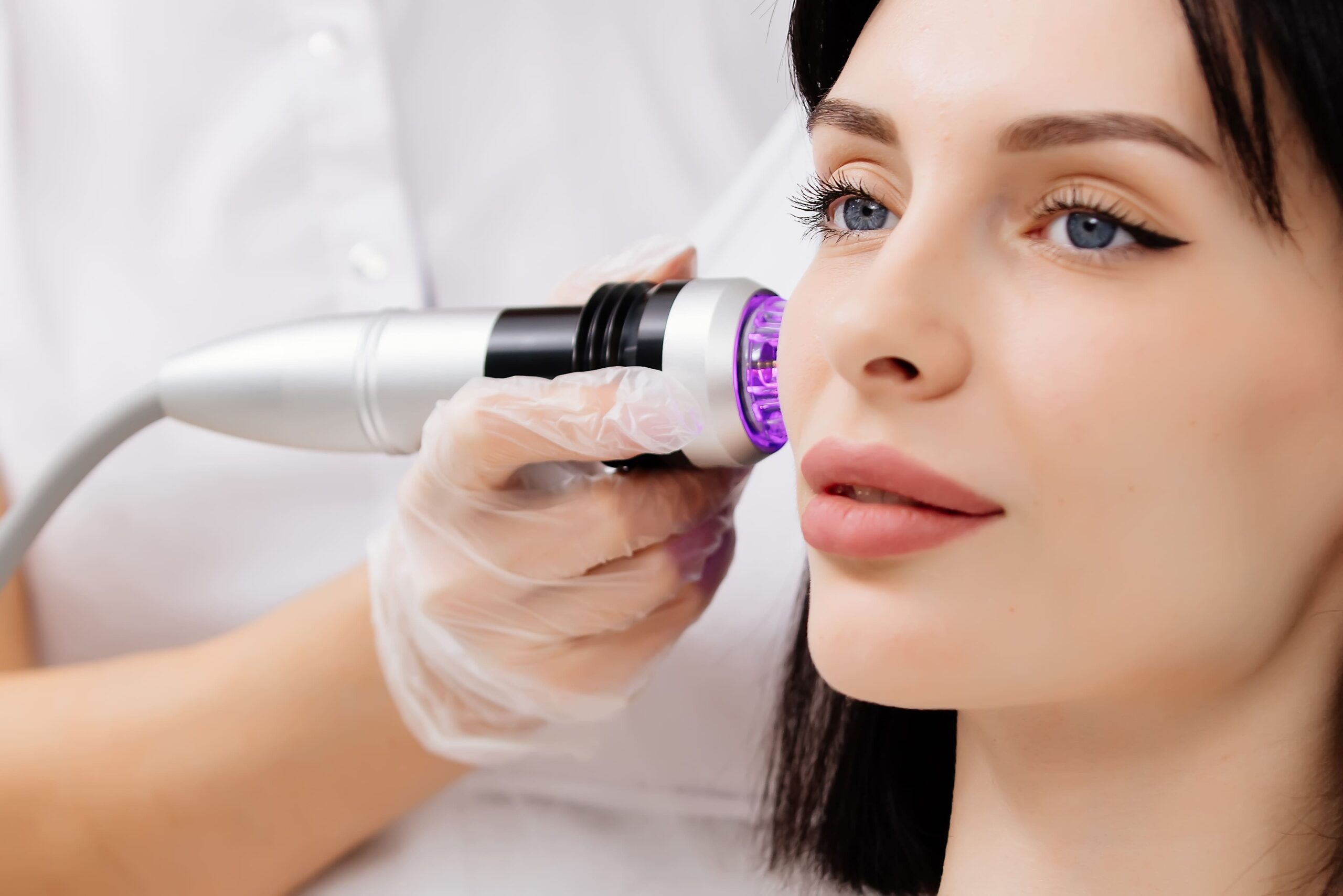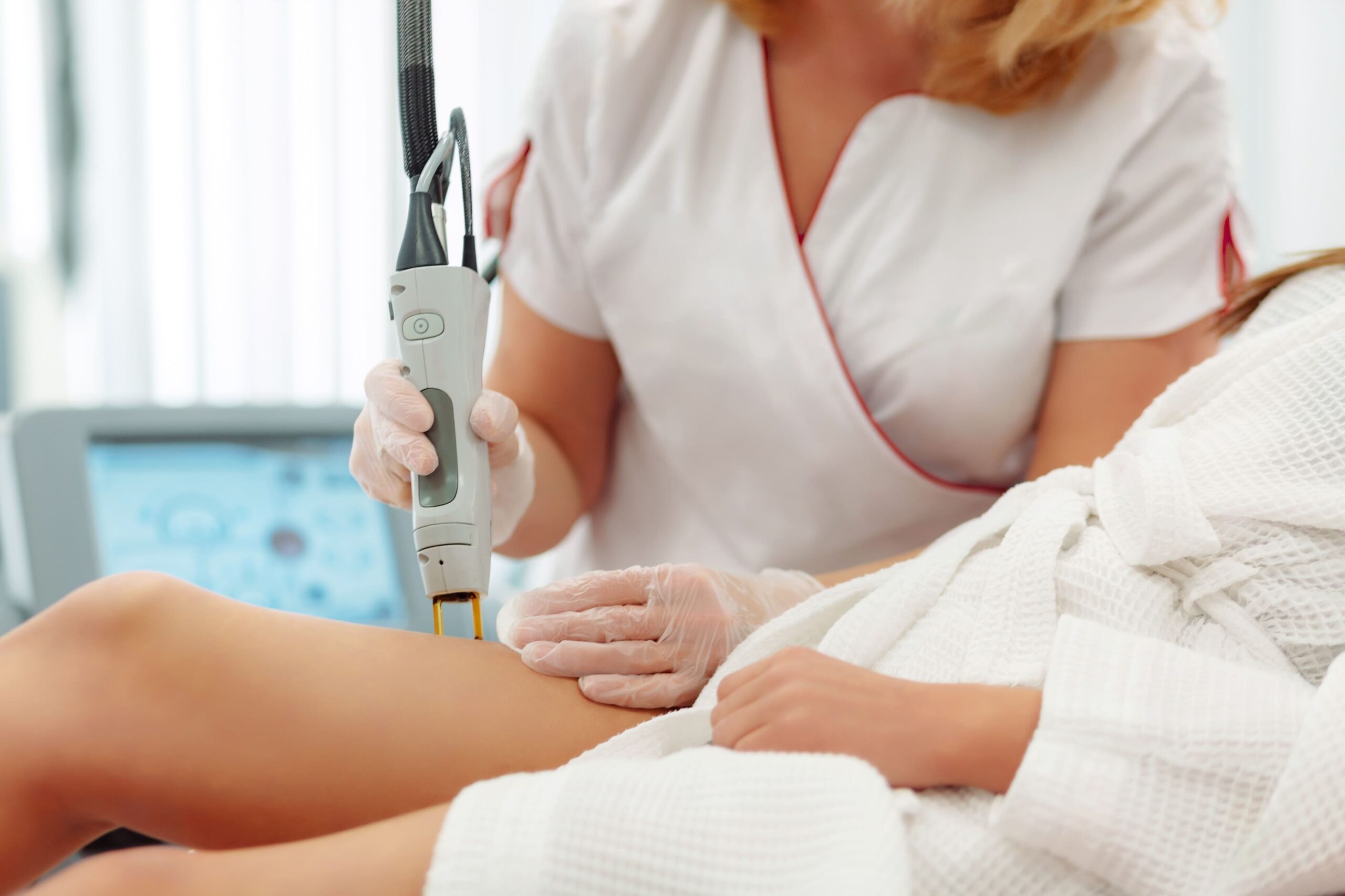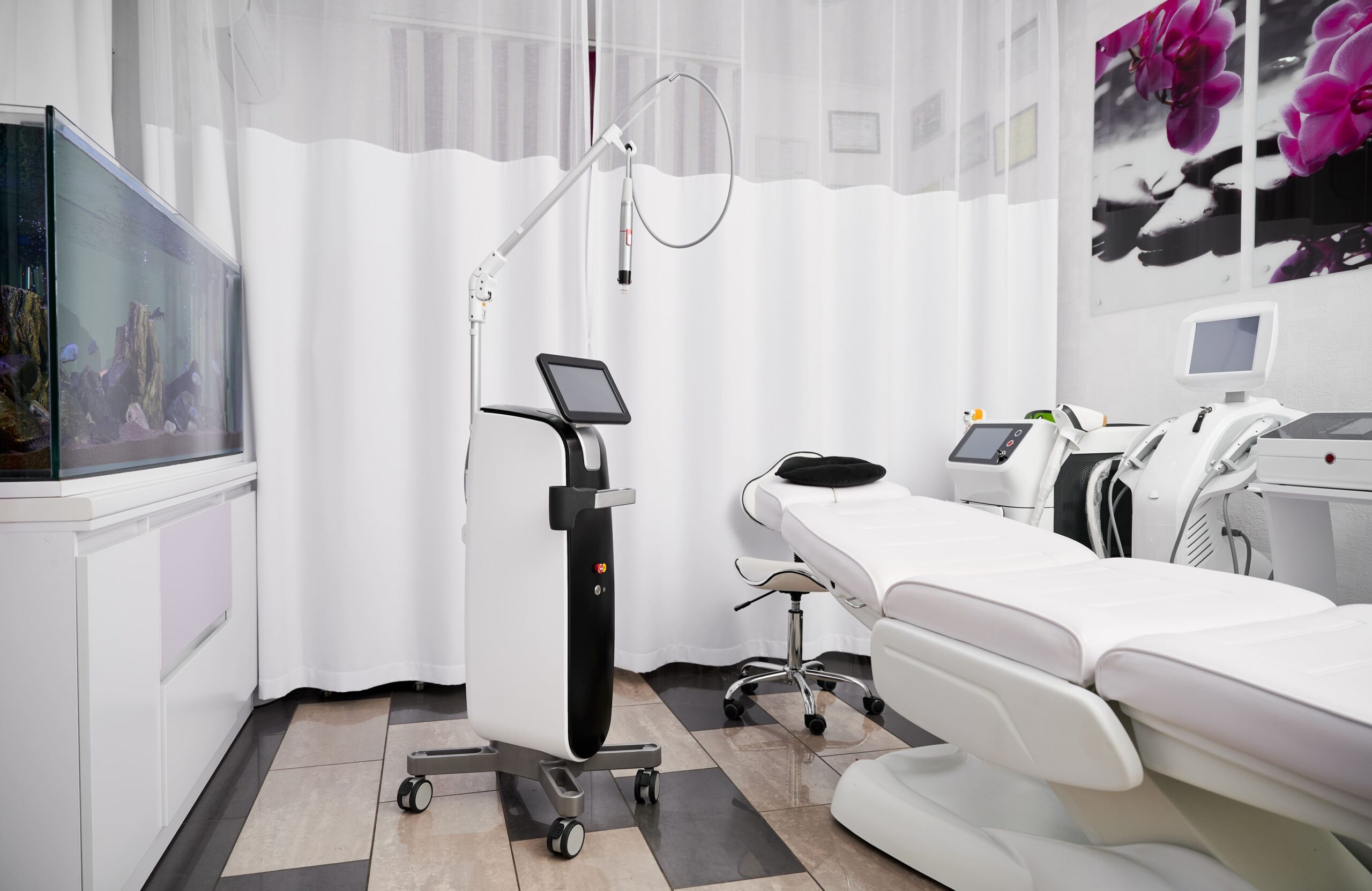
Introduction
Laser technology has transformed the medical and aesthetic industries by offering safer, more effective, and minimally invasive treatments. From skin rejuvenation and tattoo removal to advanced medical procedures, laser innovations continue to evolve. This guide explores the latest breakthroughs in laser technology, including emerging trends, cutting-edge devices, AI integration, safety improvements, and future healthcare applications.
Emerging Trends in Laser Aesthetic Treatments

Aesthetic laser treatments are advancing rapidly, offering patients faster recovery times, reduced discomfort, and better results. Here are the top trends shaping the industry today:
- Fractional Laser Resurfacing – Delivers controlled laser energy to improve skin texture and treat scars while minimizing downtime.
- Painless Laser Hair Removal – Cooling technology and faster pulse rates make treatments more comfortable than ever.
- Combination Therapies – Clinics are now combining laser treatments with radiofrequency and microneedling for enhanced skin rejuvenation.
- Non-Ablative Laser Treatments – These lasers stimulate collagen production without damaging the outer skin layer, offering gentler anti-aging solutions.
- Laser Tattoo Removal Advancements – PicoSure and Q-Switched lasers provide faster ink breakdown with fewer sessions and less scarring.
These trends highlight how laser treatments are becoming more effective and patient-friendly.
The Latest Devices in the Market

New laser devices are offering greater precision, better safety measures, and shorter recovery times. Here are some of the most advanced machines currently leading the industry:
- PicoSure® and PicoWay® – Cutting-edge picosecond lasers for tattoo removal, pigmentation, and skin revitalization.
- Lumenis M22™ – A multi-functional IPL and laser system treating pigmentation, acne scars, and vascular lesions.
- Candela GentleMax Pro™ – A dual-wavelength laser for hair removal, vascular treatments, and skin tightening.
- Fraxel Dual® – A non-ablative fractional laser that targets fine lines, sun damage, and scars with minimal downtime.
- Fotona SP Dynamis® – Offers non-invasive face lifting, laser peels, and nightlase therapy for snoring and sleep apnea.
These state-of-the-art devices are designed to improve treatment efficiency while reducing patient discomfort.
AI and Robotics in Laser Procedures

The integration of artificial intelligence (AI) and robotics is revolutionizing laser treatments by enhancing precision, consistency, and safety.
AI-Driven Customization – Smart lasers now analyze skin type, hydration levels, and pigmentation to adjust energy output automatically.
Robotic-Assisted Laser Surgery – Some procedures now use robotic systems to ensure accuracy in delicate laser treatments.
Automated Cooling Systems – AI-controlled cooling enhances patient comfort during high-energy laser procedures.
Predictive Analytics – AI can assess treatment outcomes based on skin analysis, helping practitioners provide personalized treatment plans.
These advancements reduce human error, improve safety, and optimize treatment results.
How Technology is Improving Treatment Safety
With technological progress, laser treatments are now safer than ever due to several innovations:
- Smart Sensors for Skin Protection – New devices automatically adjust laser intensity based on skin sensitivity, preventing burns.
- Cooling Technologies – Advanced cryogen sprays and dynamic cooling systems minimize pain and reduce thermal damage.
- Real-Time Monitoring – Some modern lasers feature built-in monitoring systems that detect overheating or excessive exposure.
- Safer Lasers for Darker Skin Tones – Nd:YAG lasers now provide safer treatments for all skin types, reducing risks of pigmentation issues.
- Minimal Downtime Innovations – Fractional and non-ablative laser technologies now reduce healing time and post-treatment irritation.
These advancements ensure that laser treatments are more effective and accessible to a broader range of patients.
Future of Laser-Based Healthcare Solutions
The next wave of laser technology is expected to go beyond aesthetics and expand into advanced medical treatments. Here’s what the future holds:
- Laser-Assisted Wound Healing – Low-level laser therapy (LLLT) is being developed to accelerate tissue regeneration and reduce scarring.
- Laser Treatments for Neurological Disorders – Studies are exploring the use of lasers in Alzheimer’s and Parkinson’s treatment to stimulate brain activity.
- Non-Invasive Laser Surgery – Future developments could allow entirely non-surgical procedures for conditions like varicose veins, kidney stones, and tumors.
- Laser-Driven Drug Delivery – Scientists are working on laser-activated nanoparticles that deliver medication precisely to affected tissues.
- Smart Lasers with AI Diagnostics – AI-assisted lasers may soon detect and treat skin conditions like melanoma in early stages.
These innovations indicate that laser technology will continue transforming healthcare, making treatments more effective and non-invasive.
Conclusion
Laser technology is rapidly evolving, offering safer, more efficient, and highly customizable treatments across both aesthetic and medical fields. From AI-powered precision to revolutionary safety measures, these innovations are shaping the future of skincare and healthcare.
Want to experience the latest in laser technology? Schedule a consultation to discover how these cutting-edge treatments can benefit you.

